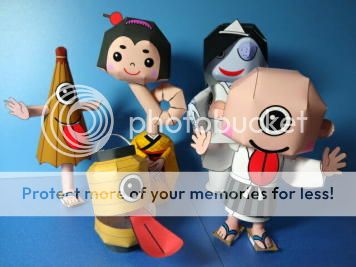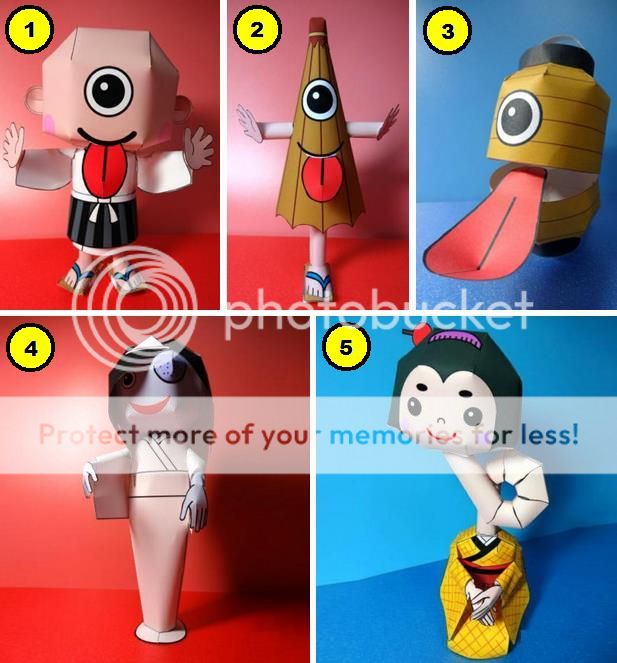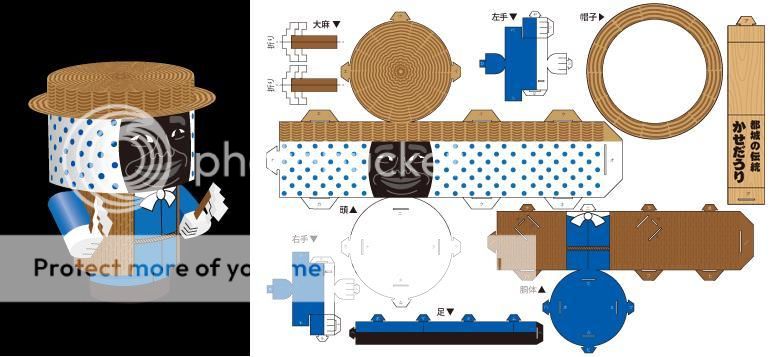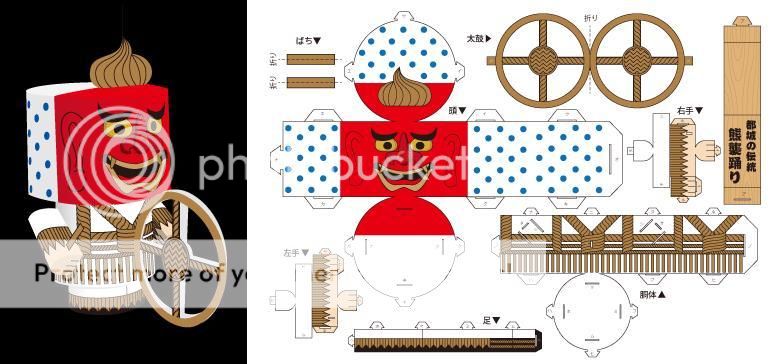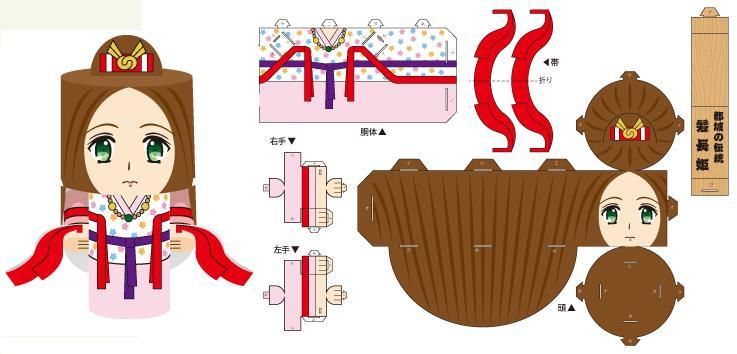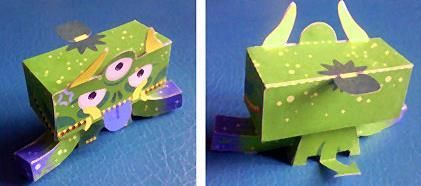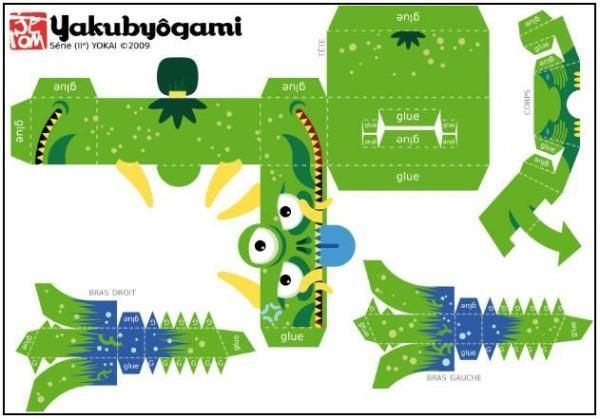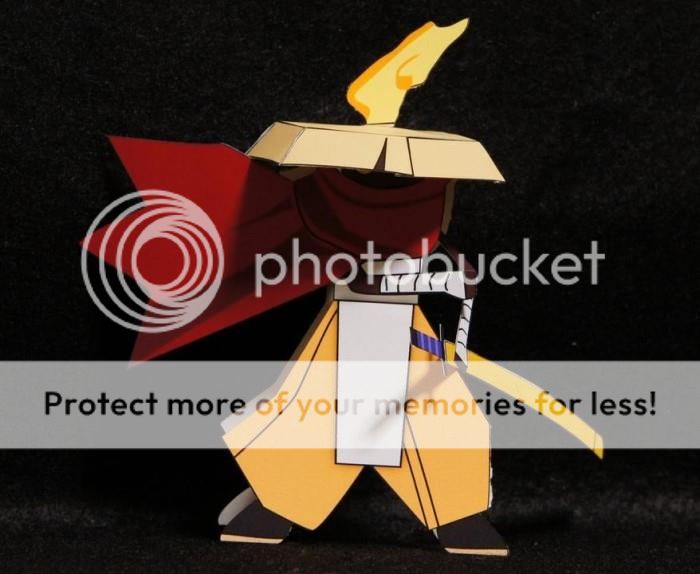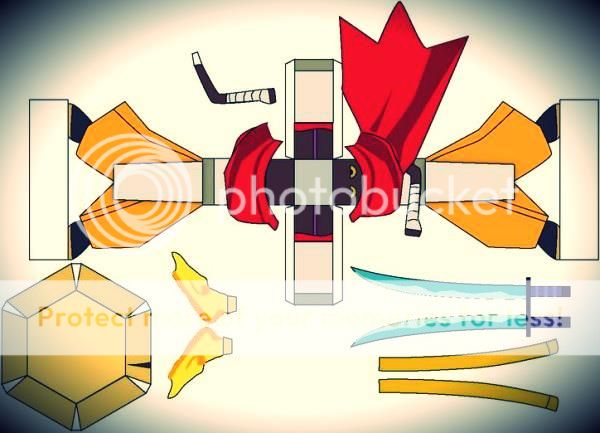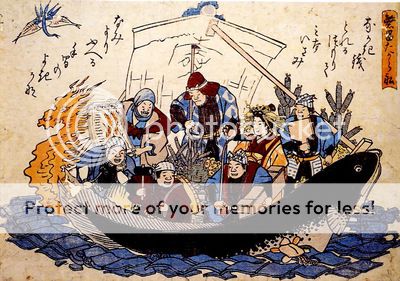
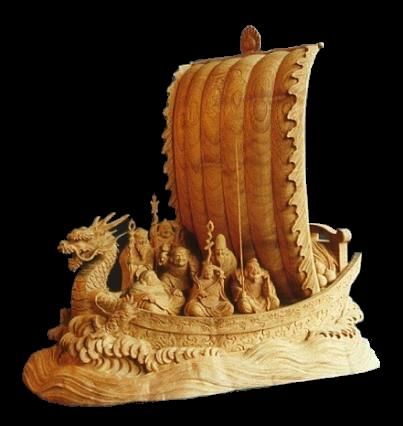 Takarabune, que significa "navio do tesouro", é um veleiro fantasma usado para transportar ouro, coral, prata, pedras preciosas, fardos de arroz e outras mercadorias preciosas.
Takarabune, que significa "navio do tesouro", é um veleiro fantasma usado para transportar ouro, coral, prata, pedras preciosas, fardos de arroz e outras mercadorias preciosas. No Japão, os Takarabunes são considerados símbolos de celebração, e os modelos ornamentais são representados com os Sete Deuses da Sorte .
Os Sete Deuses da Sorte são Ebisu, deus da prosperidade comercial; Daikokuten, deus da colheita; Benzaiten, deusa da arte, conhecimento e beleza; Bishamonten, deus do concurso; Hoteison, deus da fortuna, relacionamentos e filhos; Fukurokuju, deus da prosperidade e longevidade; e Juroujin, deus da longevidade e felicidade.
Essas divindades são consideradas deuses da fortuna e portadores de felicidade.
Link: Takarabune.Japanese.Treasure.Ship.Paper.Model.by.Niku.Mansei
More New Year, Lucky Itens and Decoration related posts:
Dharma Doll Japanese Lucky Charm Paper Model - by Canon
Kadomatsu Good Luck Amulet - by Yamaha - Amuleto Asiático
Great Torii of Itsukushima In Japan - by Bernard Buzuc - Grande Torii
Hanami Cherry Blossom - by Yamaha - Bosque de Cerejeiras














